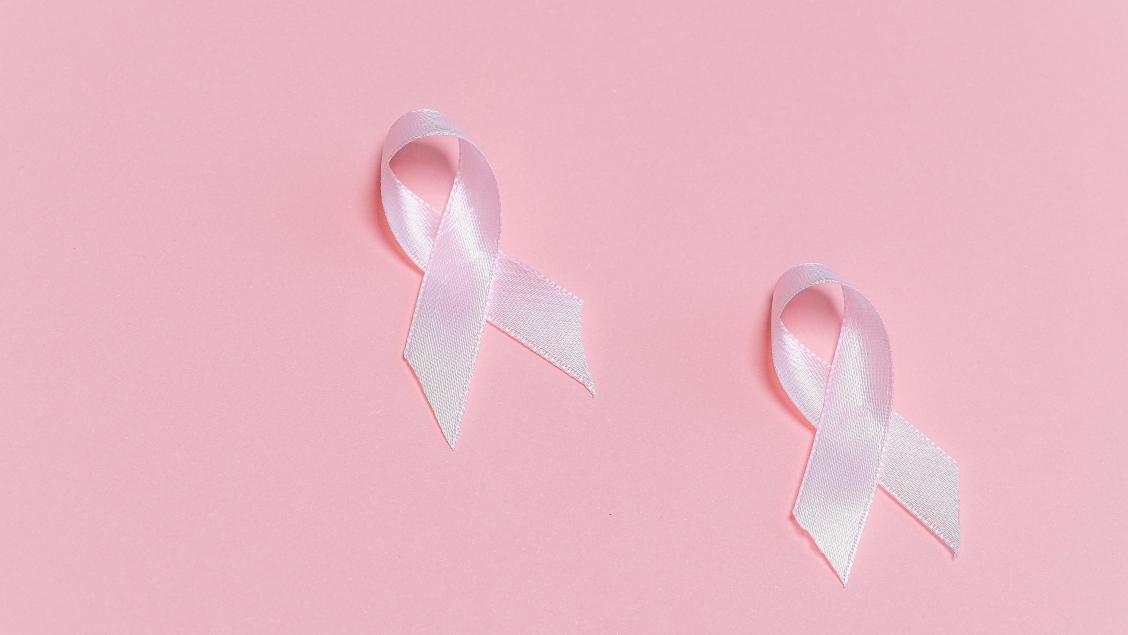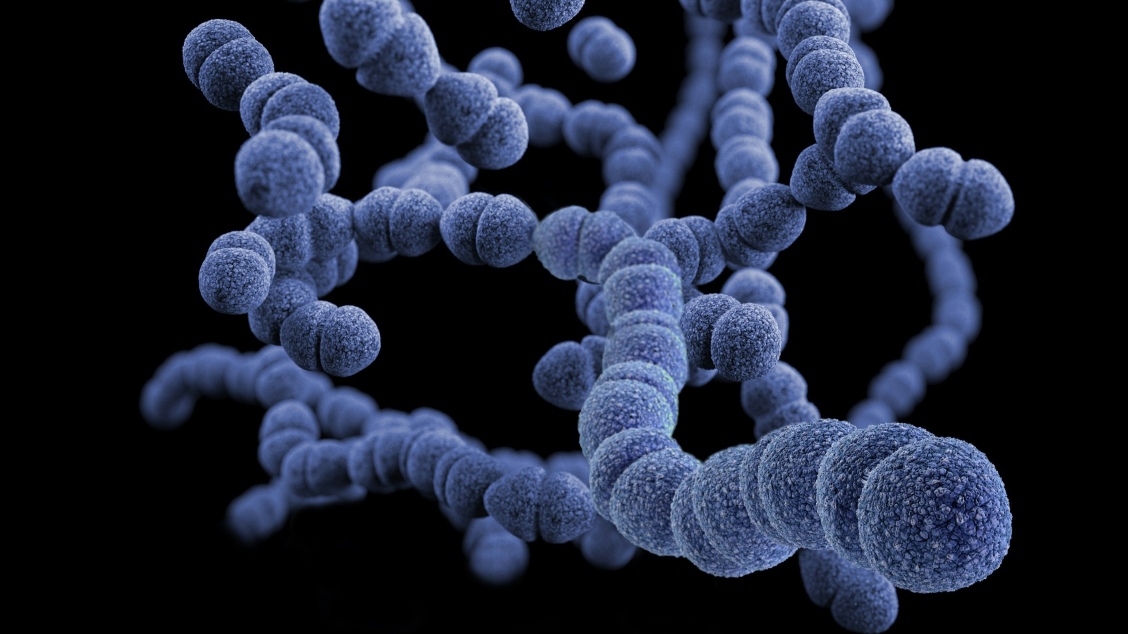
Breast Cancer Awareness Month: October 2025
October is Breast Cancer Awareness month, with many choosing to celebrate on the of 13th of October. The theme this year is ‘Every Story is Unique, Every Journey Matters’. Breast cancer can affect anyone, regardless of age, ethnicity, or income. Around 99% of breast cancers affect women, while 0.5–1% effects men.
This year’s theme highlights the tremendous hope, resilience and courage that people with breast cancer and their families hold, and how their stories must be treated with compassion.
Anyone can get breast cancer, but people can reduce their chances of getting it. Prevention is made possible by reducing risk factors which increase the risk of cancer development.
In this article, we will discuss these factors and their effectiveness in reducing breast cancer risk. We also discuss why it might be difficult to reduce habits that may increase an individual’s risk of developing breast cancer.
Which lifestyle factors increase the risk of breast cancer?
Breast Cancer is the most common cancer to affect women globally, resulting in around 670,000 deaths in 2022 alone, according to the World Health Organization (WHO).
Highlighted by Breast Cancer UK, there are several important risks factors which individuals should focus on when trying to reduce their risk of developing breast cancer, as well as keeping healthy and well overall. Additionally, a systematic review published in the Open Access journal Cancers identifies 6 main subcategories of risk factors outside of genetics.
Examples of risk factors include:
- Diet & physical activity
- Alcohol consumption
- Smoking
The importance of movement and diet
Obesity is classified by the WHO as a global epidemic. It is a serious chronic, complex disease and poses serious health concerns, including increasing the risk of developing breast cancer in post-menopausal women.
Eating well and staying active are critical to maintaining a healthy lifestyle. The WHO states that around 31% of adults and 80% of adolescents do not meet the recommended levels of physical activity.
Additionally, a recent study on adolescent well-being showed that 85% of adolescents did not get enough exercise and 80% did not eat enough fruit and vegetables. Unhealthy habits during adolescence can increase the development of chronic diseases and cancer in later life.
Exercise is increasingly being used as a major intervention for breast cancer, as well as preventing other metabolic and chronic inflammatory diseases. A large-scale study carried out by the Institute of Cancer Research called The Generations Study is continually analysing over 110,000 global participants over the span of 40 years to understand the major risk factors contributing to breast cancer.
Although the study is only half-way complete, researchers have already confirmed that ‘more time moving lowers the risk of breast cancer’ in pre-menopausal women.
How physical activity reduces cancer risk could be due to its impact on sex hormones and inflammation, however, is still not yet fully understood. It could impact molecular mechanisms involved in tumour and blood vessel development and regeneration, as explored in a detailed 2025 review published in Medicina.
Alcohol consumption and smoking increases cancer risk
Alongside poor diet and too little exercise, alcohol consumption has also been linked to significantly increasing the risk of developing breast cancer. Alcohol is also associated with poor health outcomes and the development of other diseases such as liver disease, pancreatitis, mental health disorders, cardiovascular issues, and other types of cancers, such as esophageal cancer and biliary tract cancer.
Furthermore, a study published in Nutrients showed that a sedentary lifestyle combined with regular alcohol consumption may increase the risk of breast cancer in both pre- and post-menopausal women.
The study also looked at the risk of smoking in the same women and found that both smoking and having a history of smoking increased the chances of breast cancer developing in post-menopausal women.
The difficulties in making change
With scientists’ current knowledge of risk factors that increase breast cancer risk, the challenge remains for scientists and communicators to effectively convey the facts to the public. However, there are complexities behind influencing large-scale changes to people’s daily lives, which may include unhealthy habits such as smoking and drinking alcohol.
Most notably, these habits are often intertwined with critical aspects of well-being, such as socialising and cultural practice, which nurture bonds and community.
There is overwhelming evidence that excess consumption of ultra-processed food and obesity is linked to poor health outcomes and development of disease. These findings are heavily cited and confirmed by numerous scientific studies in the current literature. However, like drinking and smoking, people’s relationship with food is often complex.
Numerous factors including culture, upbringing, socioeconomic backgrounds, gender, lack of education, underlying illness, and mental health issues such as disordered eating can impact an individual’s food habits and their perception of food.
Education, awareness and support lie at the core of instilling change and helping to reduce the risk of developing breast cancer. Correct guidance, clear nutritional information, and practical and manageable strategies are essential for people to instil long-lasting change to lifestyle habits.
Early detection saves lives
Many charities and healthcare providers within the last decade have been tirelessly campaigning to encourage women across all ages to keep checking for any signs of breast cancer. Early detection of cancer enables early treatment and can save lives.
Regular screening and reducing habits such as smoking, drinking alcohol and sedentary behaviours are essential steps required to reduce an individual’s risk of developing breast cancer.
Furthermore, recent advances in scientific research show the testing and development of increasingly innovative methods of detecting breast cancer, offering non-invasive and rapid diagnostic tests. This includes detecting components from samples of breath, saliva and urine. Conventional methods currently include mammograms, MRI and ultrasound.
The exciting future of breast cancer diagnostic technology aims to reduce the time taken to detect, diagnose and treat breast cancer, and ultimately save lives.
Learn more
Read more in MDPI’s Open Access journal Cancers, where you can read some of the latest updates on breast cancer research.
Additionally, MDPI’s Open Access journal Cancers introduces a much-anticipated conference: CancersScape: Spatial Biology of the Tumor Ecosystem, bringing together researchers and experts in the field to discuss the latest development and the application of these platforms to explore and dissect the tumour ecosystem. Click here to find out more about the conference.










